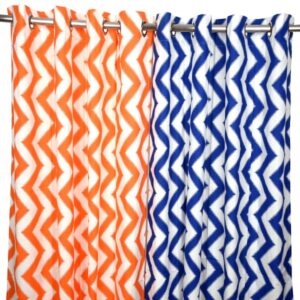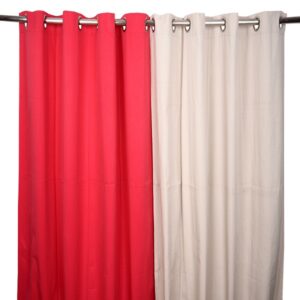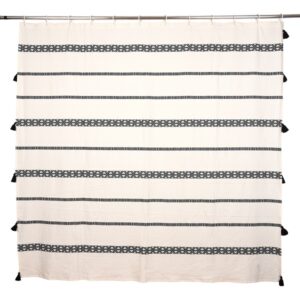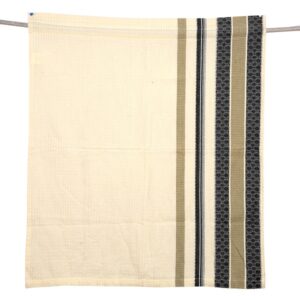Curtain
A curtain (sometimes known as a drape, mainly in the United States) is a piece of cloth intended to block or obscure light, or drafts, or (in the case of a shower curtain) water. A curtain is also the movable screen or drape in a theater that separates the stage from the auditorium or that serves as a backdrop.
Curtain, in interior design, decorative fabric commonly hung to regulate the admission of light at windows …
Curtains have been used since ancient times, but they were nothing like the product we know today. Before textiles could even be comprehended, animal hides were used for warmth and privacy. Suspended from doorways and any large gaps in the home, the hides would stop drafts and assert boundaries. Over in ancient Egypt, early textiles began to emerge, starting with linen and flax, and closely followed by cotton and silk. By the Middle Ages, these woven textiles had found a place in the home. Though there’s little evidence, it’s assumed that the fabrics were used specifically to combat the cold, as blankets, bed hangings and curtains.
A few years down the line and WWII had begun, and along with food, clothing and petrol, fabrics were rationed. Old duster fabric and parachute silk was used for curtains, and if there was enough material spare, tiebacks were fashioned too. Curtains had now become an essential part of homes. Throughout the rest of the century, curtain fashion changed as regularly as hairstyles. Department stores now offered readymade curtains, so it was quick and simple to grab a new pair for a reasonable price. In the ‘50s, florals were big, along with abstract prints that were inspired by science and technology. The 1970s were all about pastels and ethnic textiles, and stripes and checks were popular through the ‘80s.
Now, curtains play many roles in the household: light and air control, insulation, privacy and fashion. The multitude of designs and styles available now means that the perfect pair for your room can be easily discovered. See for yourself here…





